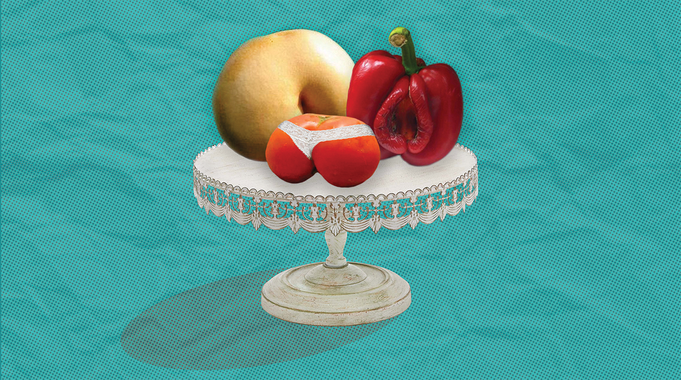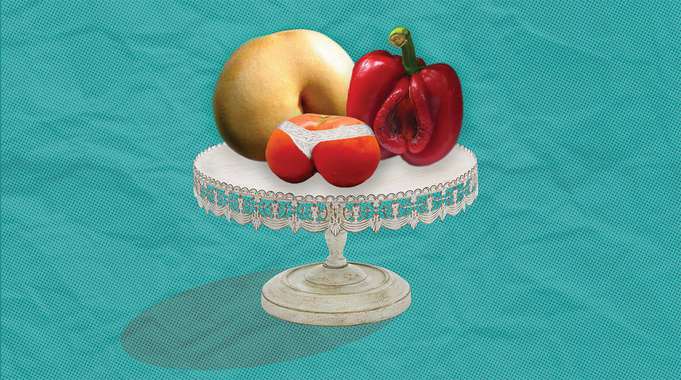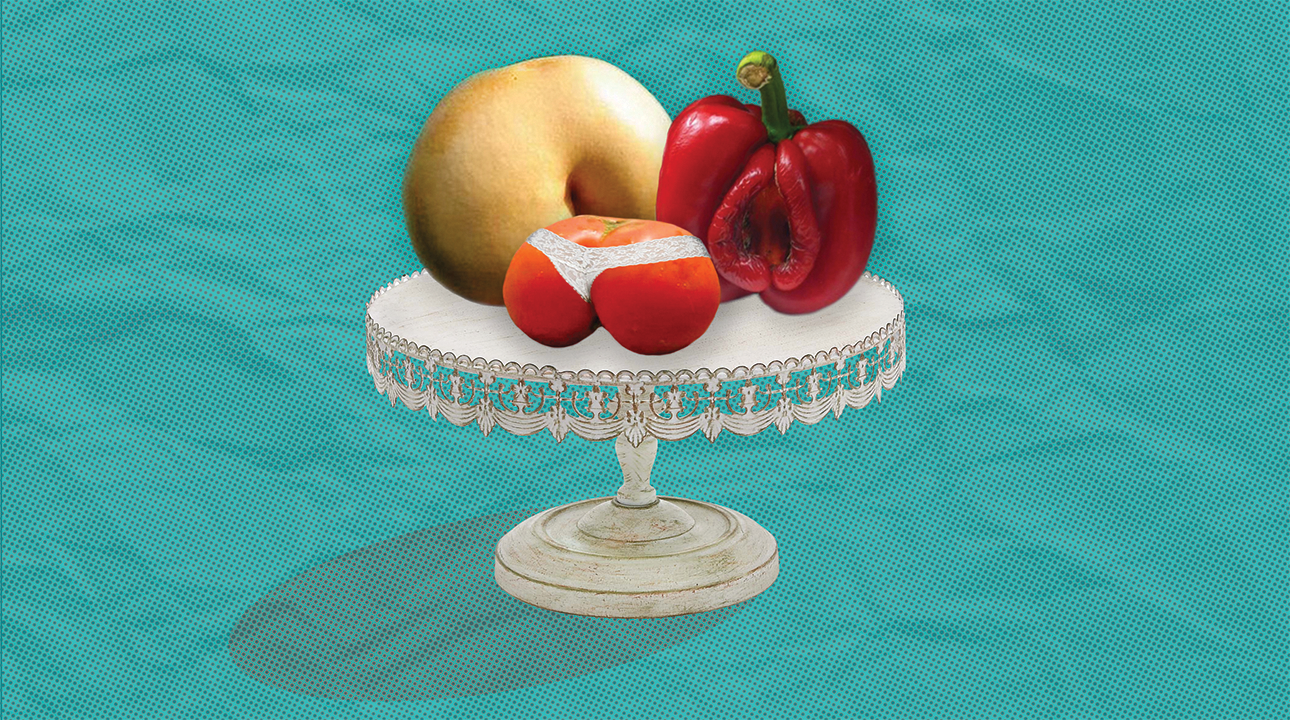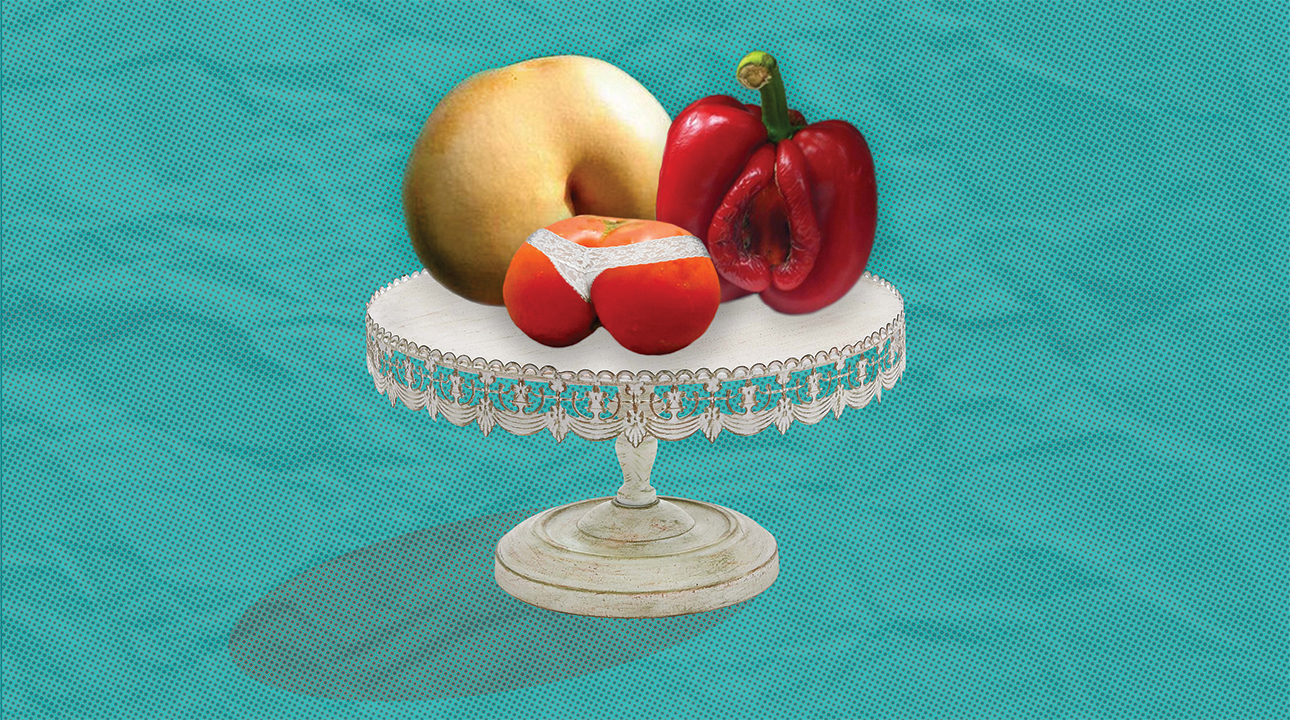Food for Thought
by jparet
This work has not been commented by curators.
Title
Food for Thought
Headline
Pleasure as an Instinctual Social Normative
Concept author(s)
Julia Paret
Concept author year(s) of birth
1988
Concept author(s) contribution
The concept was created through my understanding of pleasure as an instinctual behavior in relation/response to western culture as inspired by Alina Szapocznikow's "Dessert III" (1971).
Concept author(s) Country
United States of America
Friendly Competition
Competition category
Visual communication practice
Competition subcategory
static
Competition field
academic
Competition subfield
student
Subfield description
North Carolina State University - Graphic Design
Check out the Pleasure 2016 outlines of Memefest Friendly competition.
Description of idea
Describe your idea and concept of your work in relation to the festival outlines:
Pleasure is what makes food and drink gratifying. It is a mental, biological/neurological phenomenon. Behavior is driven by pleasure and is not just a reactionary result stemming from basic need. Pleasure is also what molds the response for future action. For example, food can control our behavior. It is also instinctual. Pleasure is an instinctual impetus, similar to sex and hunger. In short, pleasure can control our behavior.
In this work, I re-conceptualize pleasure as a basic human instinct through a visceral, metaphorical association with food. There is an added connotation of how pleasure transforms the way we think. Pleasure is an instinctual behavior, akin to the consumption of sweets that serves as gratification. The human body is the singular source of all joy, pain, and pleasure. In many Western cultures, there is a social normative that allows the sexualization of bodies. However, this piece calls into question the derivation of pleasure through objectification.
What kind of communication approach do you use?
I utilize visual metaphor by combining two sources (fruits and vegetables with body parts with a sexual connotation) to form a new hybrid identity using contextual evidence to support a new understanding. There are also connotations mapped on to the target entity that relate qualities based on the environment.
What are in your opinion concrete benefits to the society because of your communication?
There is an absurd mania of allowing our identities to emerge and mutate as a subconscious reaction to those posed upon ourselves. There is a transformation of self-image through awareness of the social construct of external influence on self-awareness. I use metaphor to illuminate the transformative power of others on self-understanding and expression. I capitalize upon the idea of body dimorphism based on how society shapes our world views and stereotypes.
The composition presents sexualized body parts as fruits and vegetables being offered for consumption.
What did you personally learn from creating your submitted work?
Satire is an effective tool to re-conceptualize [pleasure] through the appropriation of associative cultural "baggage" to aid in visual communication of a new premise.
Why is your work, GOOD communication WORK?
This image is successful because it creates active dialog through the construction of meaning. It functions as performative imagery through integrated visual discourse using interpretational processing and cognitive work. It serves as an aid to help the audience conceptualize the human body as a "consumable" by comparing it to edibles.
This composition was inspired by Alina Szapocznikow "Dessert III" (1971) and uses satire to reposition the contextual situation of pop culture.
Where and how do you intent do implement your work?
The image was created as a response to an editorial article on pleasure as a basic human instinct. I was inspired by the social implication posed by this competition to reevaluate how instinct and social awareness interact. The image was intended as an editorial image for articles on the objectification of others and/or pleasure as a basic human instinct or social normative.
Did your intervention had an effect on other Media. If yes, describe the effect? (Has other media reported on it- how? Were you able to change other media with your work- how?)
No?




